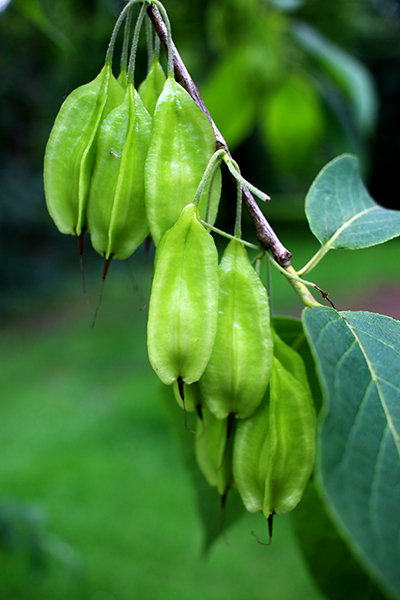Edible Wood Farm Journal: 2020 (9)
In demand
Everybody wants one. Consumers, forest owners, organizations, municipalities, dreamers, doeners. Most of the current food forests still exist on paper: big ones, little ones, complicated ones, simple ones, commercial ones and backyard varieties. Some have already been planted and others have existed for years under another name – an edible garden, orchard or just a plain forest.
Foreign
Food forests excel in the number of different plants per hectare, from herbs right through to trees with a fully developed crown. And everything in between. Most of the preferred plants are exotic, imported from other continents, whilst other chosen plants grow relatively close by on the European continent. Native plants are often in the minority.
Young
Many food forests are planted on former agricultural ground. Sometimes a forest or forest edge is converted. In all cases they have yet to mature and to become fully self regulating. The soil type is often restrictive and of a low quality. One of the aims is not to use external inputs but to use the new situation to improve the soil quality. Additional organic matter has to come from the loss of leaves and the relatively fast recycling of leaves and small woody material.
Hard work
Food forests cost initially alot of money, not only for the development of the plans but also for the plant material. And don’t forget the hours that are needed to get the plants into the ground, for tending the forest and then for the most important part of it all – the harvest. Some people like to promote a food forest as a place for lazy farmers. A lazy person wanting to become a farmer should not choose to manage a food forest.
Numerous species, numerous hours
Because a food forest consists of lots and lots of different sorts of edible plants that all have to be harvested within the growing season it is reasonable to calculate that this will cost a lot of time not only per species but also spread throughout time. When one product is being harvested then it is most probable that the another one will also ripen around the same time or a little later and so on.
Harvesting
Harvesting different plants around the same time is quite efficient but harvesting techniques, drying and/or processing each plant species requires different methods and care. This could become quite daunting to start with because most of the plants are so new that everything has to be found out and applied in practice. Patience is a virtue in this phase and this may be hard to find in a world full of appointments, job pressure, family committments and so on.
Nature is the boss
And what does this all have to do with Edible Wood? Well, I started with not knowing anything and ended up with knowing a lot. One of things that I have learned is that by choosing to work with a product that is strongly influenced by nature is that you can’t plan the nitty gritty details in your agenda. The framework can be planned but then you have to let go, be flexible, be prepared for lots of hard work when there is a gigantic harvest or go to the movies when there is nothing at all. Food forests are a good incentive but don’t expect the world. Succes should not just depend on the produce but also on the ability to go with the flow….. and enjoy.
